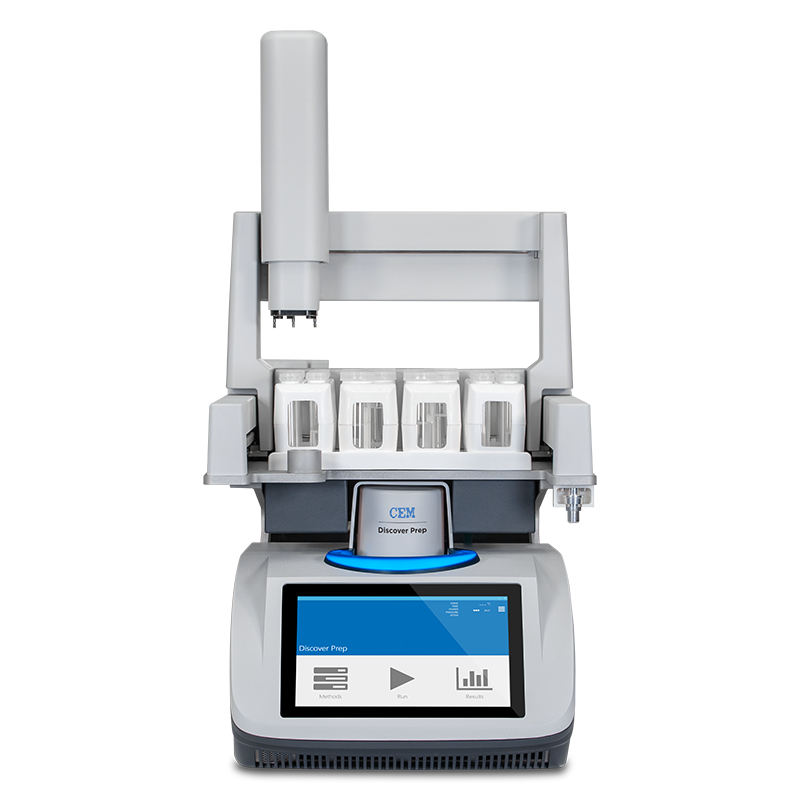The Rapid Preparation of Cheese for Amino Acid Analysis
Introduction
Cheese ripening involves several biochemical changes, such as fat hydrolysis, lactose fermentation, and protein degradation. These processes greatly influence the texture, taste, and aroma of the cheese. More specifically, amino acid content and identity affects cheese flavor throughout the aging process. Amino acids in food are both free unbound molecules as well as amino acid residues bound together via peptide bonds, creating the various proteins present in dairy products. In order to fully evaluate the amino acid content of cheese throughout the ripening process, an accurate evaluation of the amino acid composition is necessary. To do this, proteins must be hydrolyzed, effectively liberating amino acid residues, which can then be quantitatively detected in the hydrolysate.
Traditionally, proteins are chemically hydrolyzed under acidic or alkaline conditions upon treatment with 6 N HCl or 4 N NaOH, respectively, in sealed vials at 110 °C for 18 to 24 hours. Factors such as time, temperature, and reagents greatly impact the accuracy and precision of the hydrolysis reaction and thus, the amino acid quantification. Ultimately, amino acid analysis is an expensive, tricky, and time-consuming laboratory procedure. Often, the hydrolysis reaction represents the rate-limiting step for this process. One approach to reduce the reaction time of an organic reaction is to replace conventional heating with microwave energy. Protein hydrolysis reactions can be successfully promoted with microwaves at higher temperatures and in shorter reaction times, compared to conventional heating methods. The Discover PrepTM microwave-based sample preparation system from CEM can provide laboratories with the tools to hydrolyze food samples in an efficient, reproducible, and safe manner.

